Lesbianism, a rich and diverse sexual orientation, transcends societal norms and embraces a fluid spectrum of expression. This exploration into the multifaceted nature of lesbianism aims to shed light on its historical context, dismantle misconceptions, highlight the challenges and victories that shape lesbian lives, and advocate for recognition, equality, and inclusion.
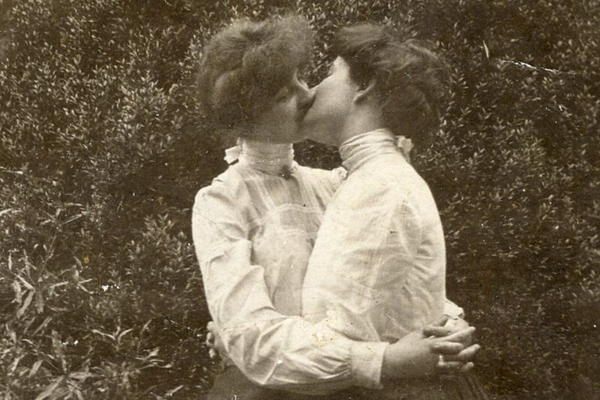
Lesbian History: A Journey Through Time and Culture
Traces of Lesbianism in History
- Ancient texts, art, and literature offer glimpses into same-sex desire and relationships between women, though often veiled in societal norms.
- Examples: Sappho’s poetry, artistic depictions found in various cultures, and historicalaccounts suggest same-sex desire and relationships.
Emergence of Lesbian Subcultures
- In the late 19th and early 20th centuries, lesbian subcultures emerged in urban centers, providing safe havens and spaces for connection.
- Notable figures: Radclyffe Hall, Gertrude Stein, and Renée Vivien, among others, contributed to the visibility of lesbian experiences.
- Notable events: The first known lesbian bar, The Old Dyke March, and the Stonewall Riots mark significant moments in lesbian history.
Continued Fight for Visibility
- Throughout history, lesbians faced societal stigma, discrimination, and erasure, leading to the invisibility of their experiences.
- In recent decades, increased visibility and acceptance have emerged, thanks to cultural shifts, advocacy efforts, and the rise of LGBTQ+ movements.
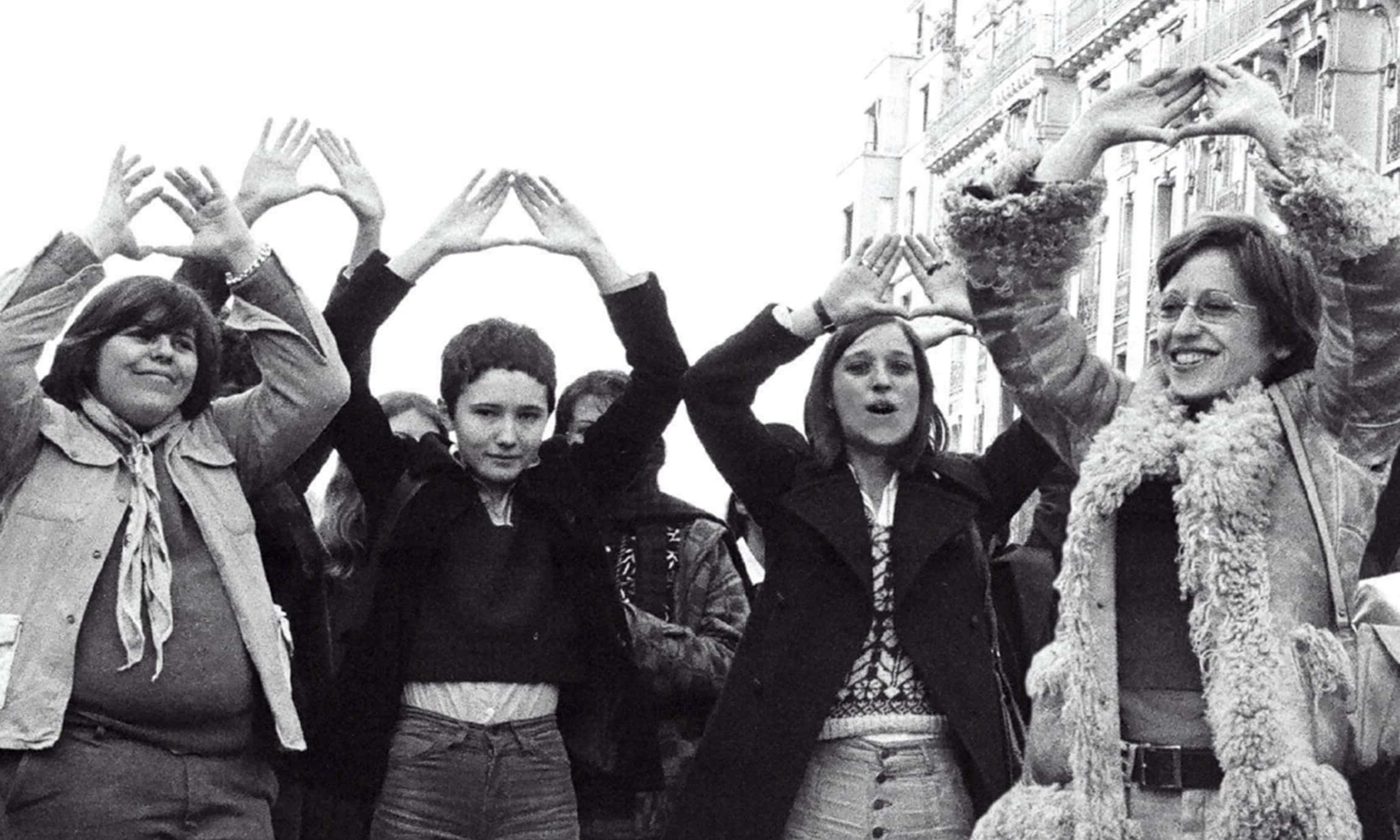
Myths and Misconceptions Surrounding Lesbianism
Misconception 1: Lesbianism is a Phase or a Choice
- Fact: Sexual orientation is an intrinsic part of a person’s identity, not a choice or a temporary phase.
- Explanation: Lesbianism is rooted in natural human diversity, just like heterosexuality.
Misconception 2: Lesbians are All Masculine or Butch
- Fact: Lesbian identities and expressions are diverse, and not all lesbians conform to traditional gender roles or stereotypes.
- Explanation: Lesbianism embraces a wide spectrum of gender identities, expressions, and presentations.
Misconception 3: Lesbian Relationships are Unnatural or Immoral
- Fact: Same-sex relationships are natural, consensual, and equally valid as heterosexual relationships.
- Explanation: Morality is not defined by sexual orientation, and can exist between people of the same gender just as it does between people of different genders.

Challenges and Triumphs: The Lived Experiences of Lesbians
Challenges Faced by Lesbians
- Discrimination: Lesbians face discrimination in various forms, including prejudice, bias, and exclusion in different spheres of life.
- Legal Barriers: Many countries still lack legal recognition and protection for same-sex relationships and families.
- Lack of Visibility: Historical erasure and societal stigma have contributed to the lack of visibility for lesbian experiences and role models.
Triumphs and Achievements
- Cultural Shifts: Increasing acceptance, visibility, and representation of lesbian lives challenge stereotypes and foster understanding.
- Legal Victories: Landmark legal decisions, such as the right to same-sex marriage and anti-discrimination laws, have expanded rights for lesbians.
- Community Building: The growth of LGBTQ+ communities, organizations, and support networks provides a sense of belonging and empowerment.
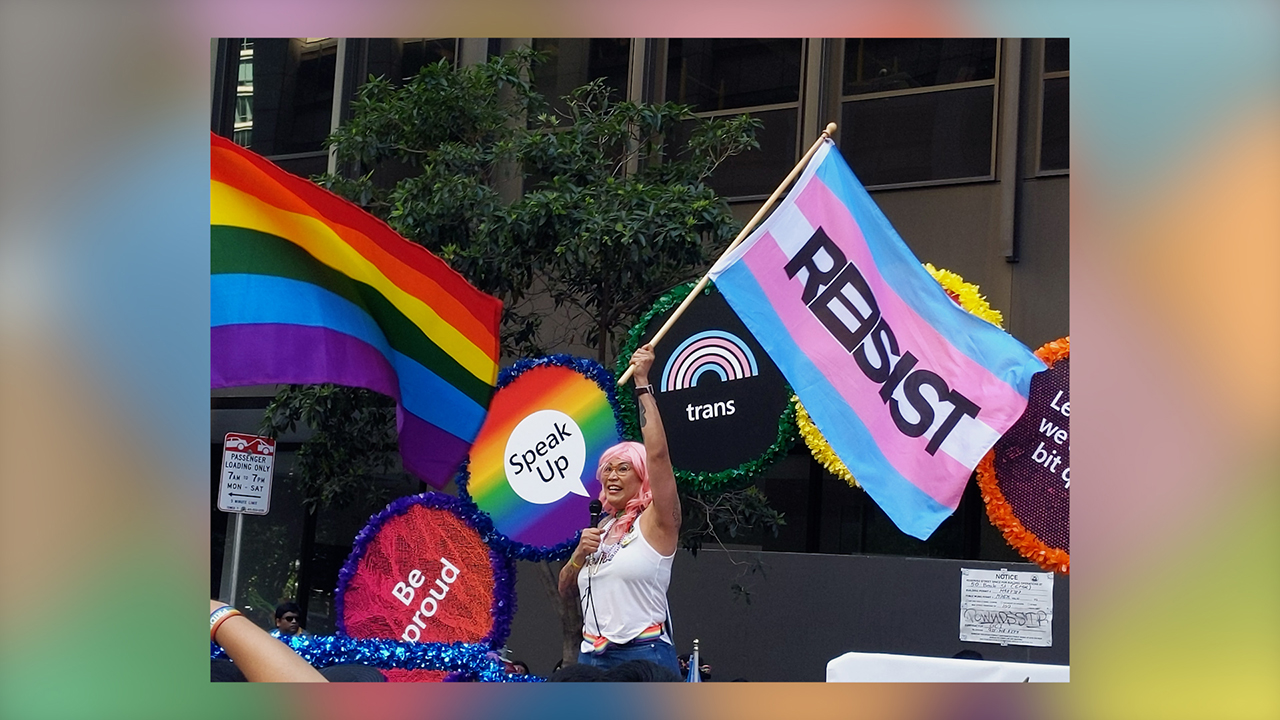
Legal and Social Recognitions of Lesbian Relationships
Legal Recognition of Same-Sex Relationships
- Marriage Equality: An increasing number of countries have legalized same-sex marriage, granting lesbians the legal rights and responsibilities of marriage.
- Civil Unions and Partnerships: In some jurisdictions where same-sex marriage is not yet legal, civil unions or partnerships offer legal rights and protections to lesbian couples.
Social Acceptance and Inclusion
- Changing Attitudes: Social attitudes towards lesbian relationships have shifted over time, with growing acceptance and understanding.
- Visibility in Media and Culture: Positive portrayals of lesbian relationships in media, arts, and popular culture contribute to increased visibility and acceptance.
- Community Support: LGBTQ+ communities and allies play a crucial role in advocating for and supporting the rights and well-being of lesbians.
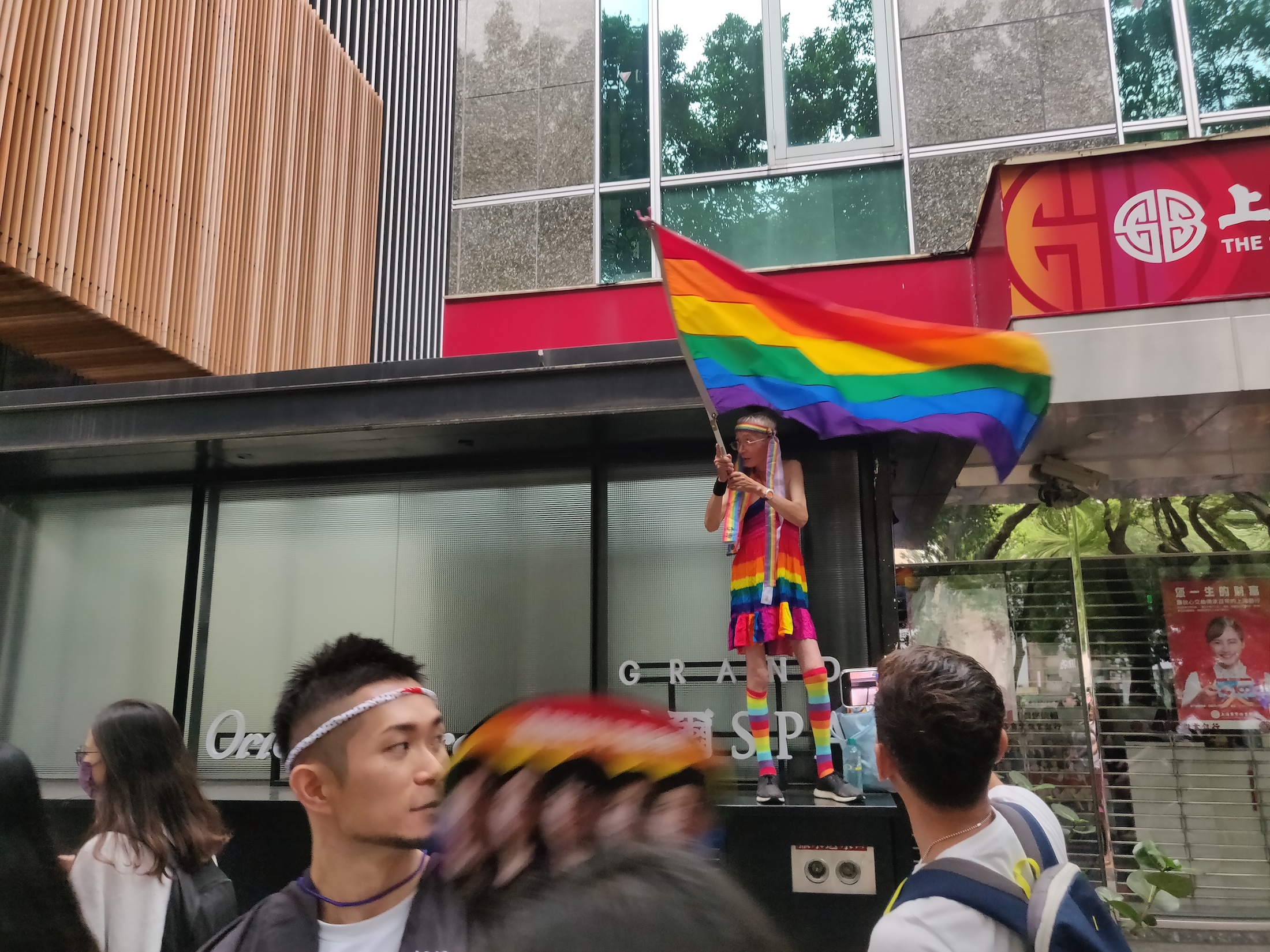
LGBTQ+ Community Building: Uniting and Empowering Lesbians
Role of LGBTQ+ Organizations and Support Networks
- Safe Spaces: LGBTQ+ organizations, community centers, and support networks provide safe and welcoming spaces for lesbians to connect, share experiences, and access resources.
- Advocacy and Activism: These organizations advocate for lesbian rights, challenge discrimination, and work towards social justice and equality.
Building Solidarity Within the LGBTQ+ Community
- Intersectionality: Acknowledging the diverse experiences and needs within the LGBTQ+ community, including those of lesbians, promotes unity and inclusivity.
- Common Struggles: Recognizing shared struggles and experiences can foster solidarity and cooperation among LGBTQ+ individuals and groups.
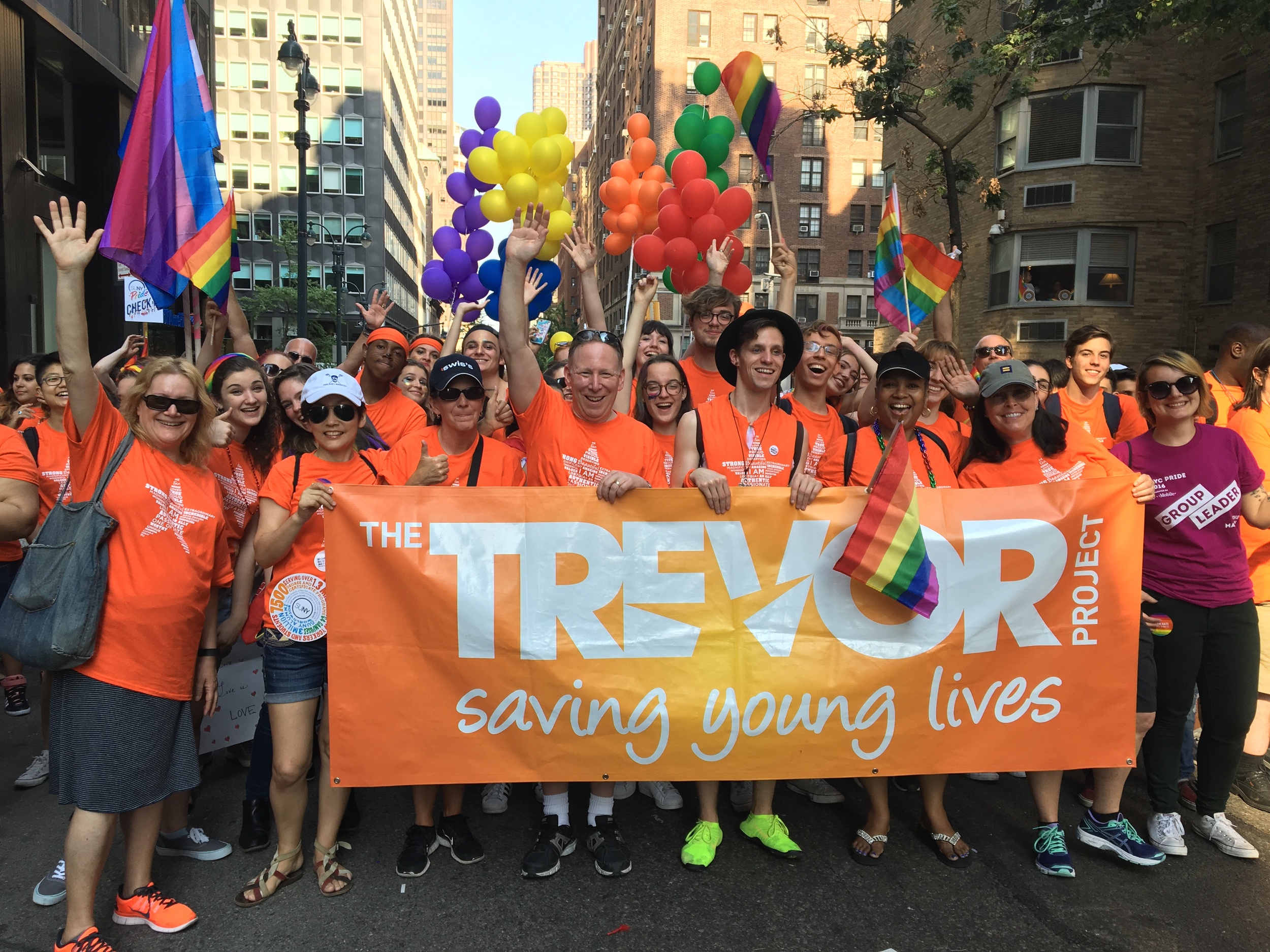
Notable LGBTQ+ Organizations and Support Networks
| Organization | Mission | Services | Location |
|---|---|---|---|
| GLAAD | To promote fair, accurate, and inclusive representation of LGBTQ people in the media. | Media advocacy, research, and public education. | United States |
| The Trevor Project | To save young LGBTQ lives by providing support and crisis intervention. | Lifeline, text support, and online chat. | United States |
| Stonewall | To advance the equality of lesbian, gay, bi, and trans people. | Advocacy, research, and campaigning. | United Kingdom |
Fighting Discrimination: The Path Towards Equality and Acceptance
Addressing Prejudice and Bias
- Dismantling Stereotypes: Challenging harmful stereotypes and biases about lesbians through education and awareness campaigns.
- Inclusive Language and Representation: Promoting inclusive language, respectful representation, and visibility of lesbian experiences in various media.
Advocating for Anti-Discrimination Laws
- Legal Protections: Advocating for anti-discrimination laws that explicitly protect individuals from discrimination based on sexual orientation and gender identity.
- Intersectionality in Discrimination: Recognizing the intersection of multiple forms of discrimination faced by lesbians, including racism, sexism, and xenophobia.
List of Anti-Discrimination Laws Protecting Lesbians
- United States: The Supreme Court’s decision in Obergefell v. Hodges (2015) legalized same-sex marriage nationwide, and Bostock v. Clayton County (2020) extended anti-discrimination protections to LGBTQ+ individuals in employment.
- Canada: The Canadian Charter of Rights and Freedoms prohibits discrimination based on sexual orientation and gender identity, and the Civil Marriage Act (2005) legalized same-sex marriage.
- United Kingdom: The Equality Act (2010) prohibits discrimination based on sexual orientation and gender identity in various areas, including employment, education, and public services.
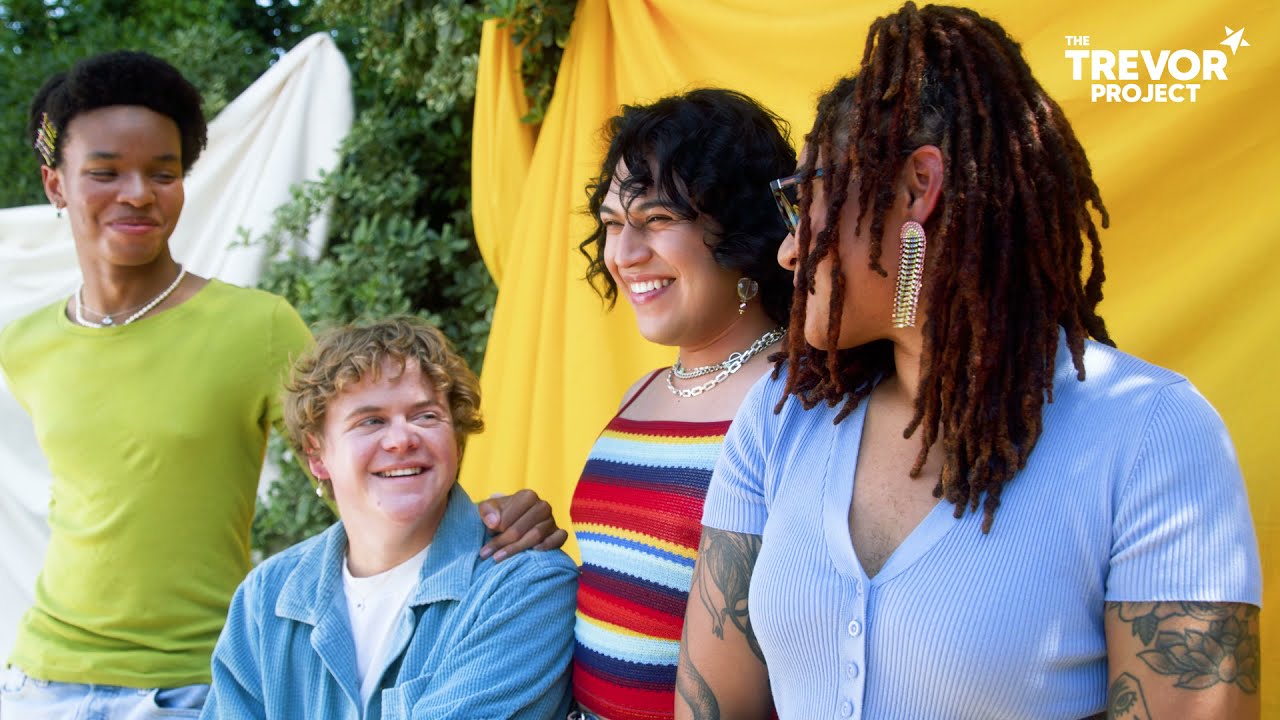
Lesbian Identity Expression: Embracing Authenticity and Inclusivity
Diversity of Lesbian Identities
- Fluid and Dynamic: Lesbian identities are fluid, diverse, and evolving, reflecting individual experiences, preferences, and self-expression.
- Spectrum of Gender and Sexuality: Lesbian identities encompass a wide range of gender identities, expressions, and attractions.
Authenticity and Self-Acceptance
- Encouraging Self-Acceptance: Promoting self-acceptance, self-love, and the celebration of lesbian identities in all their diversity.
- Challenging Societal Norms: Challenging societal norms and expectations that limit or define lesbian expression and identities.
List of Notable Lesbian Figures and Their Impact
- Audre Lorde: A self-described “black, lesbian, mother, warrior, poet” whose writings and activism explored the intersections of race, gender, and sexuality.
- Ellen DeGeneres: A comedian and television host who came out publicly in 1997, paving the way for greater visibility and acceptance of lesbians in mainstream media.
- Sarah Paulson: An actress known for her portrayal of LGBTQ+ characters on television and her advocacy for LGBTQ+ rights.
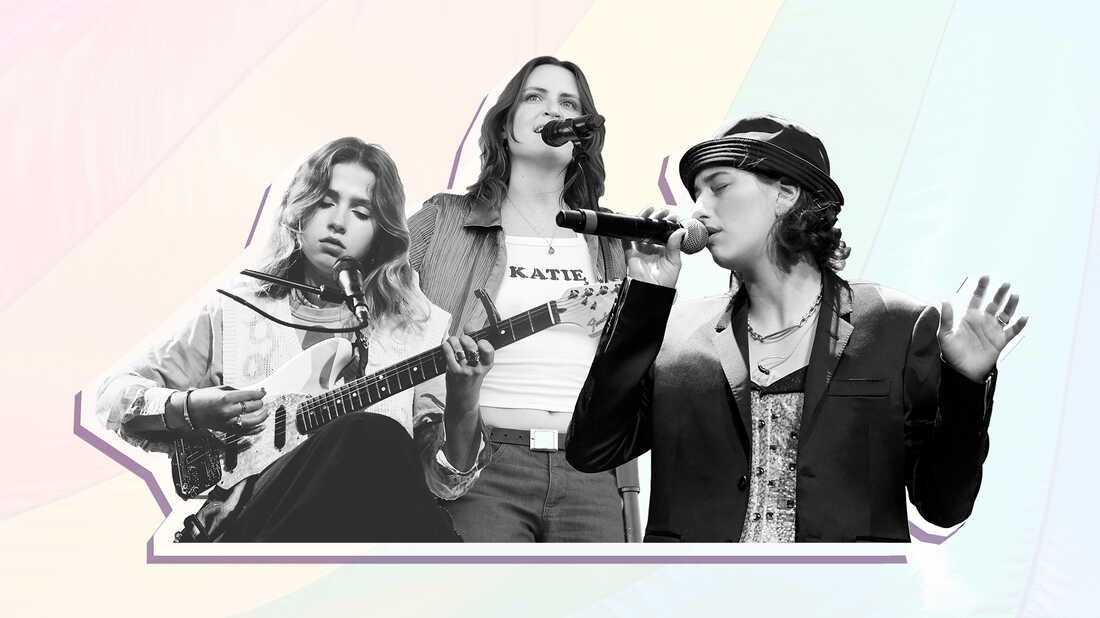
Raising Visibility: Showcasing Positive Portrayals of Lesbians
Positive Representation in Media and Arts
- Visibility in Film, Television, and Literature: Positive representations of lesbian relationships and characters in film, television, and literature challenge stereotypes and increase visibility.
- Countering Negative Portrayals: Actively countering negative representations and stereotypes of lesbians in media and promoting accurate and inclusive depictions.
Creating Role Models and Mentors
- Role Models and Mentors: Encouraging lesbian role models and mentors to share their stories, inspire others, and challenge prevailing narratives.
- Sharing Personal Narratives: Sharing personal narratives of lesbian experiences through writing, storytelling, and art can foster understanding and empathy.
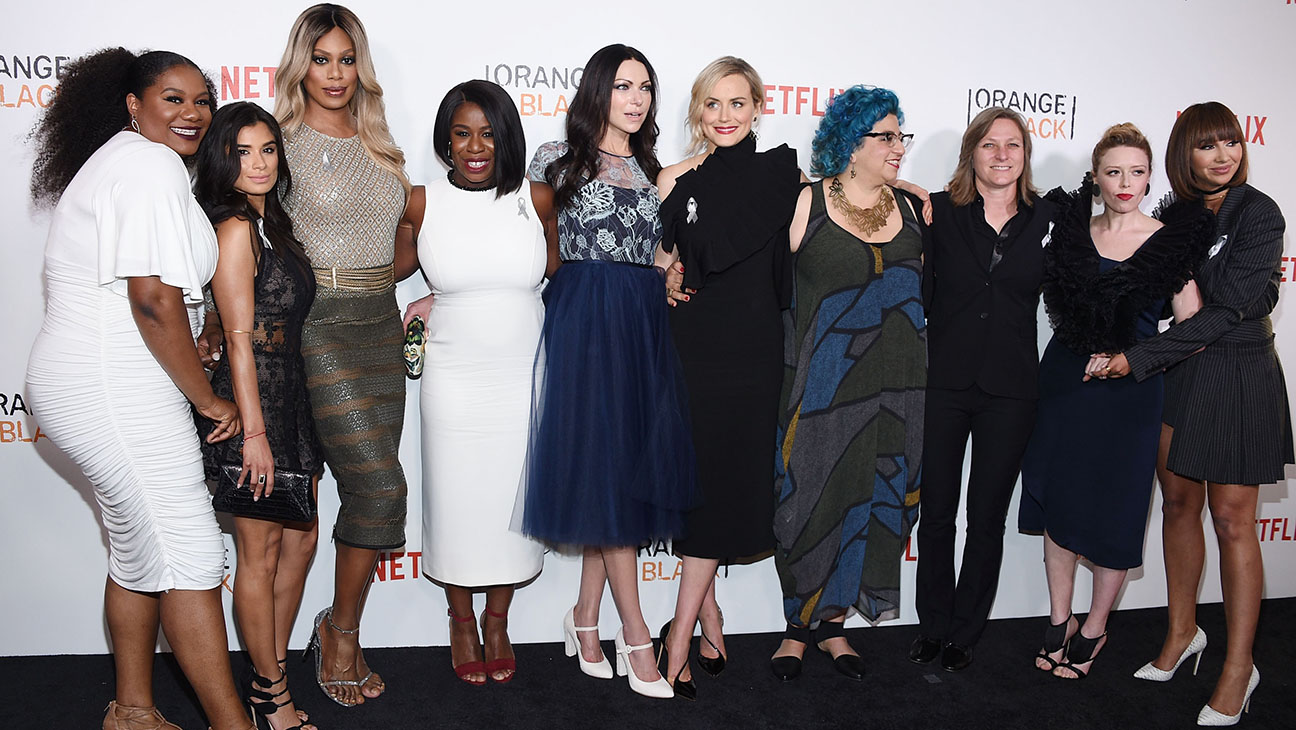
Positive Portrayals of Lesbians in Media and Arts
| Title | Medium | Year | Significance |
|---|---|---|---|
| Carol | Film | 2015 | A beautifully crafted love story between two women, challenging societal norms and prejudices. |
| The L Word | Television series | 2004-2009 | A groundbreaking series that depicted the lives and relationships of a diverse group of lesbian women. |
| Orange Is the New Black | Television series | 2013-2019 | A show that featured a diverse cast of LGBTQ+ characters, including many lesbians, and explored various aspects of lesbian experiences. |
Encouraging Inclusivity: Creating Safe Spaces for Lesbians to Thrive

Inclusive Spaces and Communities
- Creating Inclusive Environments: Fostering inclusive environments where lesbians feel safe, respected, and celebrated for who they are.
- Safe Spaces for Connection and Support: Establishing safe spaces, such as LGBTQ+ community centers and online platforms, where lesbians can connect, share experiences, and find support.
Policies and Practices for Inclusivity
- Inclusive Policies and Practices: Implementing inclusive policies and practices in various settings, including schools, workplaces, and healthcare facilities, to ensure that lesbians are treated equitably andwith respect.
- Training and Education: Providing training and education on LGBTQ+ issues, including lesbian experiences, to promote understanding and inclusivity.
List of Inclusive Practices for Supporting Lesbians
- Gender-Inclusive Language: Using gender-inclusive language, such as “partner” instead of “husband/wife,” to recognize and include diverse relationships and identities.
- Pronoun Usage: Respecting individuals’ chosen pronouns and using them correctly.
- Gender-Neutral Bathrooms: Providing gender-neutral bathrooms to accommodate individuals of all gender identities.
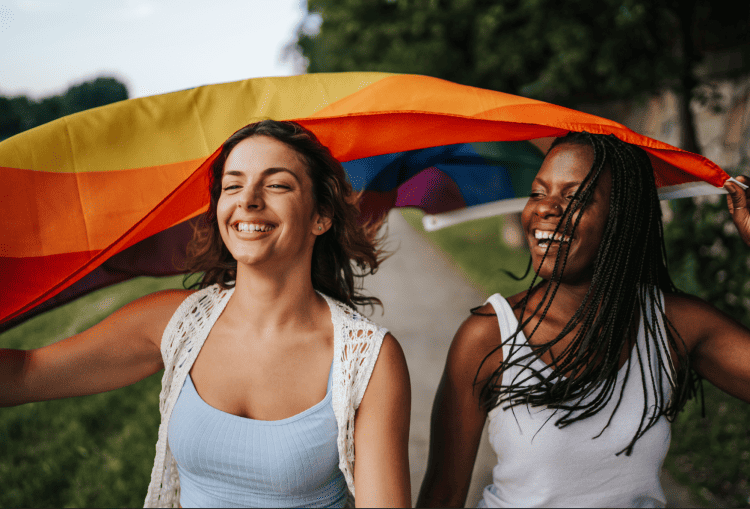
Define Pansexual: Exploring the Concept and Identity of Attraction Beyond Gender
Lesbianism is a complex and diverse identity that has been shaped by various factors, including culture, history, and societal norms. Despite the challenges and discrimination faced by lesbians, there have been significant strides towards greater recognition, acceptance, and inclusivity. Through community building, fighting discrimination, embracing diversity and authenticity, and promoting positive representation, we can continue to create a world where lesbians can thrive and live authentically. It is important to remember that the fight for equality and acceptance is ongoing, and it is our responsibility to support and uplift the voices and experiences of lesbians in our communities. Let us continue to work towards a more inclusive and equitable world for all.

